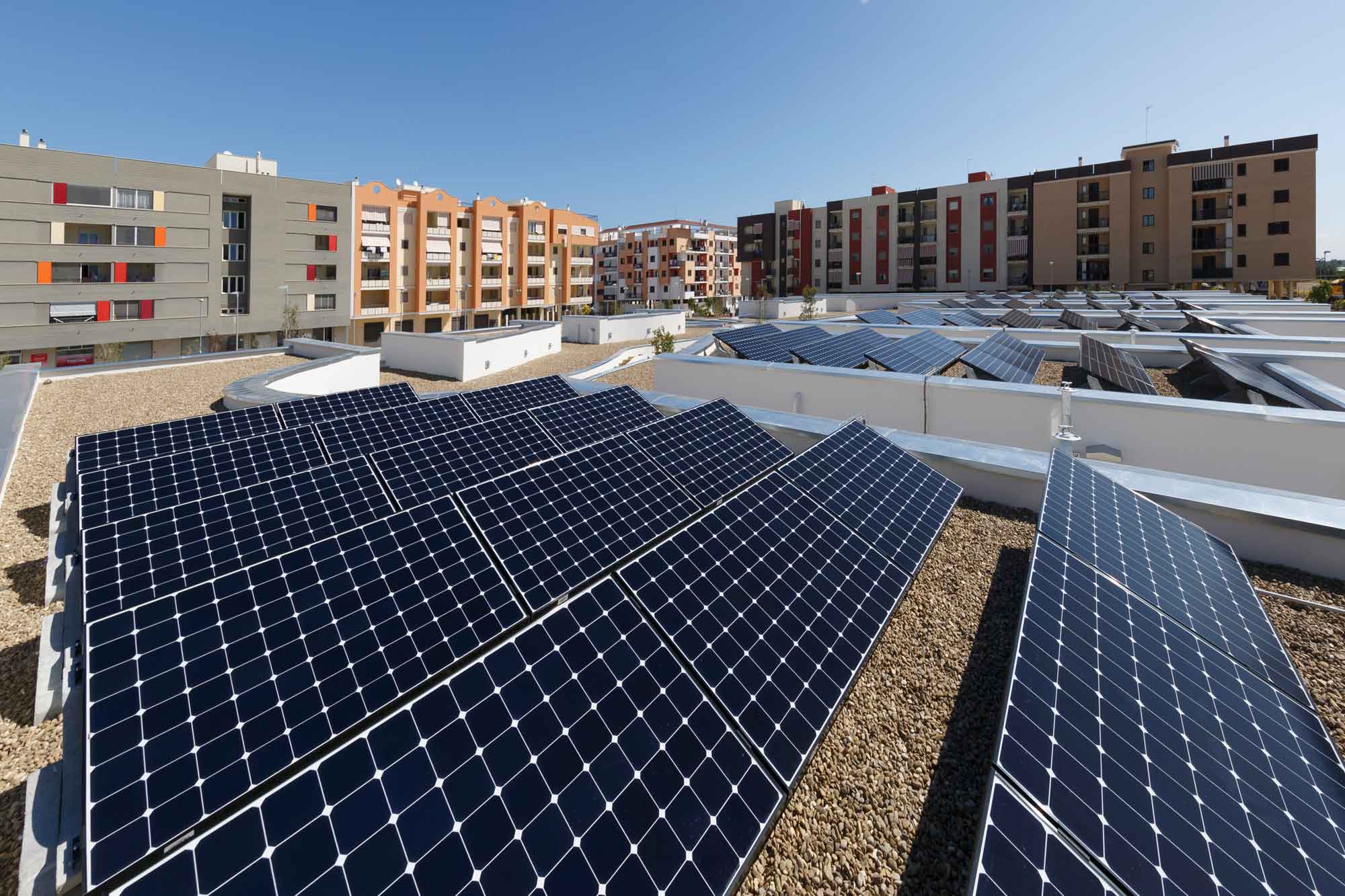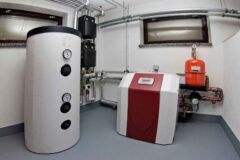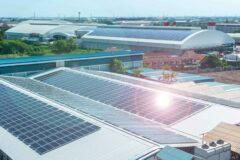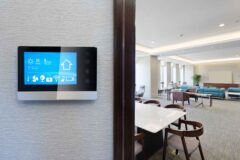Austria has set some ambitious targets for its climate policy, aiming to become climate-neutral by 2040 and generate all its electricity from renewable sources even sooner, by 2030. As well as significantly ramping up wind and solar power capacity, this will also mean transforming energy infrastructure and its control processes in such a way that large quantities of renewable energy can be fed into power grids and heating networks and guarantee a sustainable, safe and secure supply of energy. Decentralisation, digitalisation and the democratisation of the energy system are all key terms within this process.
Developing integrated regional energy systems will play a central role to the energy transition. The transformation that will lead to a 100% renewable energy supply will be effected decentralized at local level in the various regions. The success of this process hinges on citizens and regional stakeholders playing an active role in helping to shape the shift and benefiting from the added value created by the energy system of the future. We already have some of the technologies and individual solutions required for this energy system available on the market. Now it is a question of trialling the complex interaction between the various components and stakeholders in integrated energy systems under real-life conditions.
The “Living Laboratories for 100% Renewable Energy” flagship initiative
As part of its RTDI efforts focusing on the energy transition, the Federal Ministry for Climate Action, Environment, Energy, Mobility, Innovation and Technology (BMK) has launched a flagship initiative to set up living laboratories for 100% renewable energy, where prototypical system solutions for integrated regional energy systems are to be developed and trialled. The aim is to establish and support up to five living laboratories for different types of Austrian regions by 2025 and thus promote initial validation runs and model solutions for an energy supply drawn exclusively from renewable sources.
The project began with an expert debate entitled “Die Energiewende proben – (wie) geht das?” (“Trialling the energy transition – can it be done (and, if so, how)?”), where key players from industry came together with scientists and researchers to set out the guiding principles and objectives of the flagship initiative.
The aim is to gain insights on several levels:
> Technologies and solutions for integrated regional energy systems
What technologies, components and technical system solutions are needed, and how can we make these available?
> Structuring energy systems
How should we structure the interaction between various stakeholders and system elements (including market and business models and the underlying legal and regulatory environment)?
> Transitioning between energy systems
How can the new solutions become part of everyday life for the public, local communities, regions, companies and infrastructure operators?
Solutions with scope for reproducibility
In Austria, the prerequisites for switching to a 100% renewable energy supply vary from region to region, in some cases significantly. Amongst other things, agricultural parts of the country, Alpine regions, cities and industrial heartlands differ in terms of their consumer structure, the resources available locally and their infrastructure (from power grids through to buildings). Using system integration, the aim of the living laboratories is to show how as much of the renewable energy generated as possible can be used locally in each region and how surplus production, for example, is to be managed within the system.
Getting all the relevant regional partners on board is crucial. “Regional” in this context means that, in order to set up the living laboratory, consumers that share links in terms of their geographical location and the context of the integrated energy system in question come together to form a consortium. The key players involved in the living laboratory should have a genuine need for the new solutions and actually intend to implement them once developed. Full-scale validation will both stimulate further development in the specific region and help to build up knowledge at national level. The aim is to identify the (core) components missing from integrated energy systems and develop them further in order to find solutions that offer scope for reproducibility.
If new technologies and individual solutions are to be scaled up and made part of integrated regional energy systems, they must first be tested out in practice. Innovative technologies need to be brought together in a true-to-life environment and subjected to full-scale trials, and their interactions within the system need to be monitored and analysed. Within a transformation process, a living laboratory is the final step, so to speak, before new solutions are rolled out across the board. It involves various stakeholders from research and practice collaborating across discipline boundaries.
The living laboratories for 100% renewable energy are designed to illustrate in a true-to-life way some of the key aspects of an energy supply drawn exclusively from renewable sources. This will allow (at least some) future scenarios for the energy system to be pre-empted, including a high concentration of PV systems combined with local storage systems, ways to increase flexibility for local and regional companies, and low-temperature district heating networks coupled with waste heat use by local businesses.
A living laboratory covers the entire value chain, from the generation and storage of energy through to its transport and use. Trials under real-life conditions are designed to show how the various elements of a regional energy system work together on a technical, organisational, economic and social level. One key question is how the interplay between individual components and system elements (generating plants, buildings and neighbourhoods, commercial enterprises, energy communities, grids and networks, infrastructure, storage systems, etc.) can open up new possibilities in terms of the efficiency, flexibility and resilience of the energy system, for instance. Incorporating all the energy sectors (electricity, heating/cooling and mobility) has a key role to play in this regard, as does sector integration.
A living laboratory needs corresponding “equipment” (i.e. plants, infrastructure, buildings, etc.) and “test subjects” (the system and its elements) in order to conduct its real-world experiments. It also makes use of targeted research and development methods such as piloting and trialling, co-simulations and digital twins, etc.



